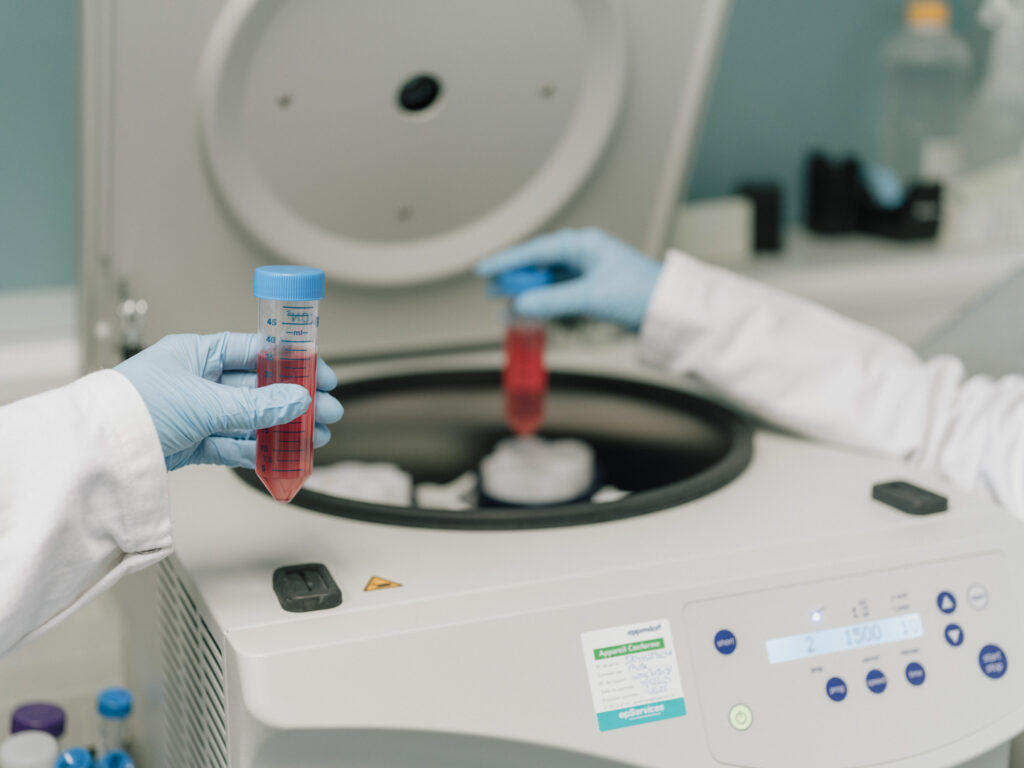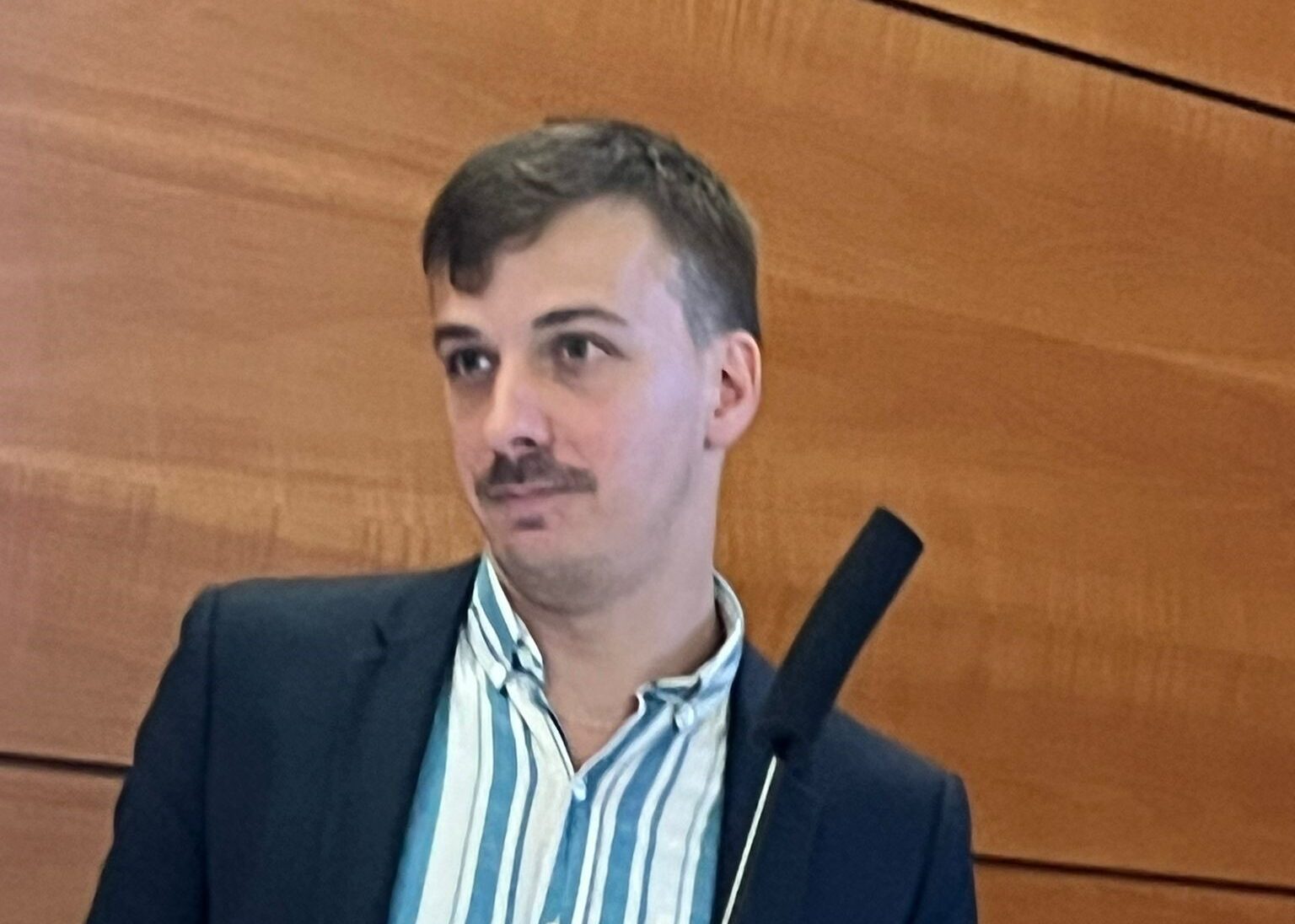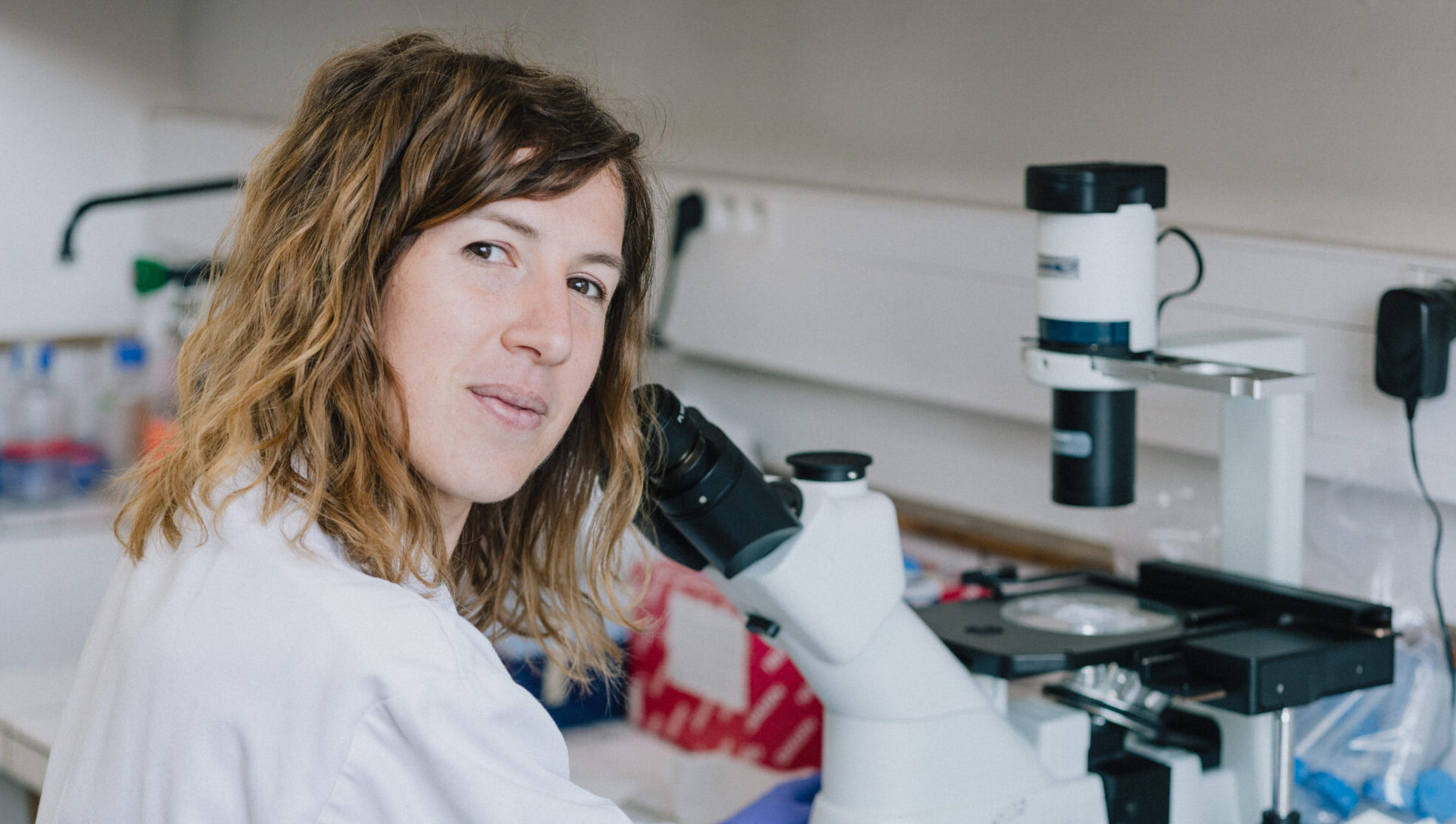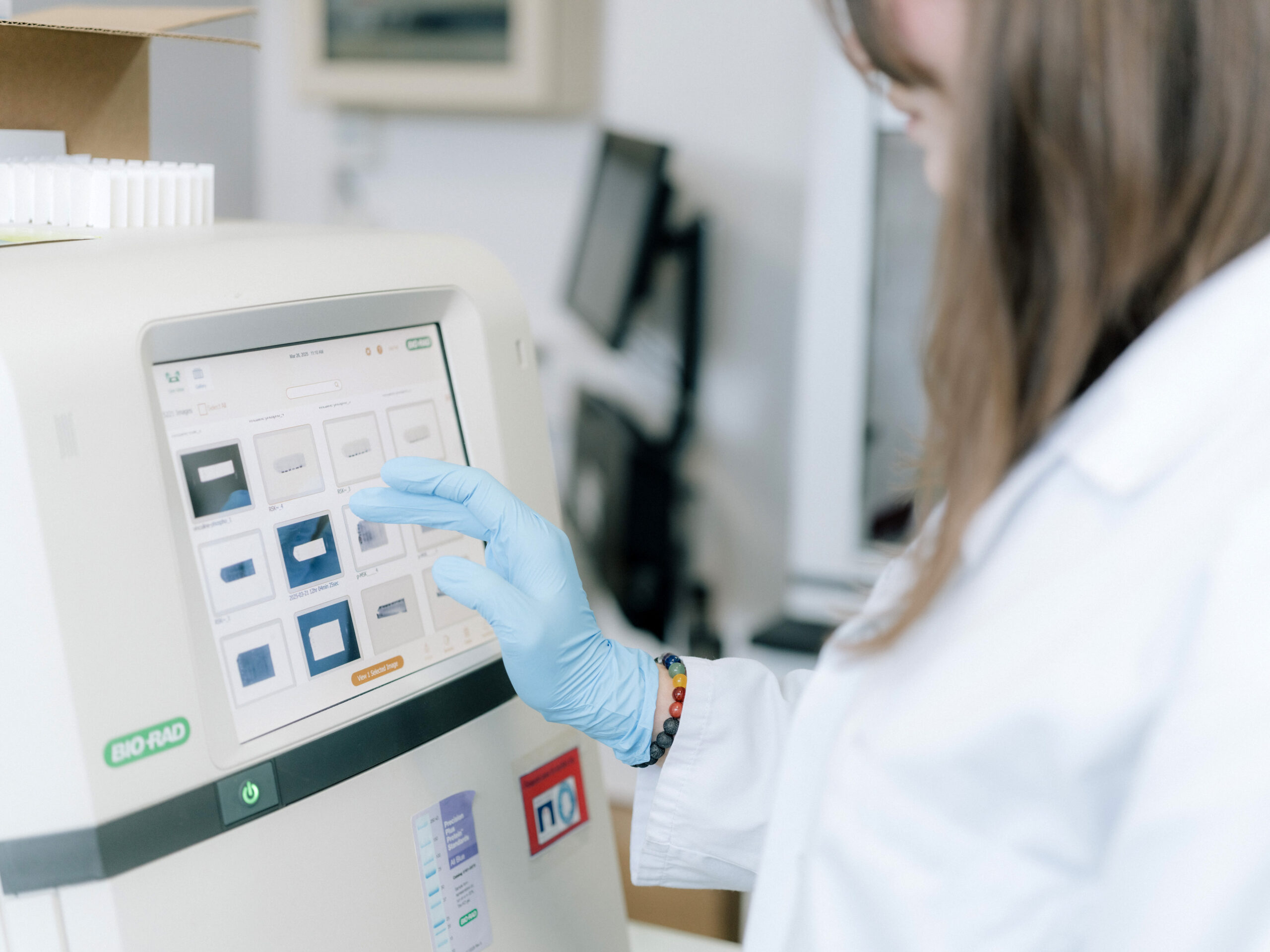Lauréats du premier appel à projet de l’Institut de la Leucémie

Lancement d'un appel à projet
L’IHU vise à atteindre les objectifs stratégiques suivants :
- Soutenir en amont les projets ambitieux qui ne sont pas encore assez mûrs pour obtenir un financement ;
- Encourager les collaborations entre les chercheurs et les cliniciens de l’IHU, ainsi qu’avec les acteurs industriels en s’appuyant sur l’expertise d’Opale.
Pour garantir un soutien rapide, les candidatures dans la catégorie LEVEE DE VERROU sont acceptées tout au long de l’année pour un montant maximum de 30K euros.
Pour les catégories SYNERGIE et PHASES CLINIQUES PRECOCES, des appels à projets ont lieu deux fois par an (mars et septembre).
Les candidatures sont ouvertes à tous les chefs d’équipe, et chercheurs avec l’accord de leur chef.
Nabih Maslah
Equipe Giraudier, en collaboration avec Hugues de Thé

BCR-ABL1 negative myeloproliferative neoplasms (MPNs) represent a heterogeneous group of hematological malignancies characterized by an increased proliferation of hematopoietic myeloid lineages leading to an excess of mature blood cells. They include polycythemia Vera (PV), essential thrombocythemia (ET) and primary myelofibrosis (PMF).
The disease-initiating molecular lesions in MPNs are well identified (JAK2V617F, MPLW515 or CALR exon 9 mutations).
Our group and others showed that interferon alpha (IFNa) is the only treatment able to induce molecular remissions, by a preferential targeting of JAK2V617F or CALR mutated cells and we demonstrated recently the PML-dependent senescence induction under IFNa and Arsenic Trioxide (ATO) treatment.
However, IFNa-treated patients keep a detectable tumour burden, suggesting a resistance to IFNa of this cell population with a senescent phenotype.
With the goal of eliminating the resistant residual leukaemic stem cells, this project aims at testing a new combination based on a pro-senescent treatment (IFNa +/- ATO) associated to a senolytic treatment. Both in vivo and in vitro approach will be developed to test this innovative approach.
Matthieu Duchmann
Equipe Itzykson

NPM1 AML account for 30% of adult AML, frequently harbor targetable mutations in FLT3 or IDH1 and often express targetable CD33.
Most patients achieve complete remission (CR), but half of them relapse. NPM1 residual disease (MRD) is the gold standard for monitoring patients. Molecular relapses are defined by NPM1 MRD positivity and absence of blasts on bone marrow cytology. Retrospective studies suggest that pre-emptive treatments before cytologic relapse lead to better long-term outcome. However, there is currently no recommendation for second-line treatments due to frequent and unpredictable clonal evolution at relapse, and a technological barrier preventing characterization of the rare residual leukemic cells. Genetic and phenotypic evaluation of single-cell leukemic cells at molecular relapse is thus necessary to optimize treatment decisions.
We therefore aim to upgrade the Tapestri multi-omics protocol (Mission Bio) to capture all the biomarkers of resistance and response to second-line treatments in NPM1 AML. In addition to somatic mutations identification and surface protein detection, we want to quantify intra-cellular proteins involved in apoptosis resistance, metabolic dependencies and intra-cellular signalling pathways.
Through this seed funding, we expect to demonstrate the feasibility of this approach, to apply for national funding to evaluate its relevance in a national prospective clinical trial.
Valéria Bisio
Equipe Balabanian, en collaboration avec Raphaël Itzykson

Recurrent mutations in IDH1/2 are common in AML (~20%) and MDS (~10%), producing the oncometabolite R-2-Hydroxyglutarate (R-2HG), which functionally inactivates the 2-oxoglutarate-dependent enzymes, causing metabolic and epigenetic changes in leukemic cells. R-2HG is diffusible and may also impair immune and/or stromal cell function within the tumor microenvironment (TME).
While the intrinsic effects of IDH mutations are well-studied, the extrinsic effects on stromal and immune cells remain poorly understood. This project uses artificial marrow organoids (AMOs) to explore the paracrine effects of R-2HG in creating an immunosuppressive microenvironment, focusing on how R-2HG affects immune and stromal function and leukemia progression. A key aim is identifying synergistic therapies targeting IDH2 mutations to restore immune function and inhibit leukemic growth. The project combines expertise in immune/stromal characterization and organoid culture (Team 1) with single-cell RNA-Seq and ex vivo drug screening (Team 2) to validate pre-clinical activity. Scalable ex vivo models in an immune-relevant human leukemic environment will help the development of patient-specific therapies while minimizing animal usage.
The goal is to optimize immune-targeted treatments, providing novel insights into combination therapies to improve outcomes in IDH2-mutated leukemia.
Aurore Touzart
Equipe Asnafi, en collaboration avec Antoine Toubert (équipe Balabanian)

ETP-ALL is an aggressive T-ALL subtype with poor early responses to chemotherapy and high induction failure rates, emphasizing the need for improved disease modeling and therapeutic strategies.
This project aims to develop the first human pre-leukemic/leukemic model of ETP-ALL using a 3D Artificial Thymic Organoid (ATO) system, combined with in vivo modeling in NSG mice.
We will investigate the consequences of epigenetic alterations on thymic development and the oncogenic interplay between genetic and epigenetic alterations by modeling two major (epi)genetic subtypes: DNMT3A R882H +/- NOTCH1ΔE and EZH2 LOF +/- PICALM::MLLT10. Multi-omics analyses, including RNA-seq, DNA methylation profiling and histone modification mapping will be performed at several differentiation stages in ATO and mice. These datasets will be integrated and compared to normal thymic progenitor profiles and primary ETP-ALL patient samples to identify deviations from normal differentiation and clinically relevant alterations.
This synergistic approach aims to uncover epigenetic vulnerabilities, particularly DNMT3A-PRC1 interplay and compensatory mechanisms in PRC2 loss-of-function, to identify novel therapeutic targets and facilitate the development of innovative epi-drug-based treatments for ETP-ALL patients.